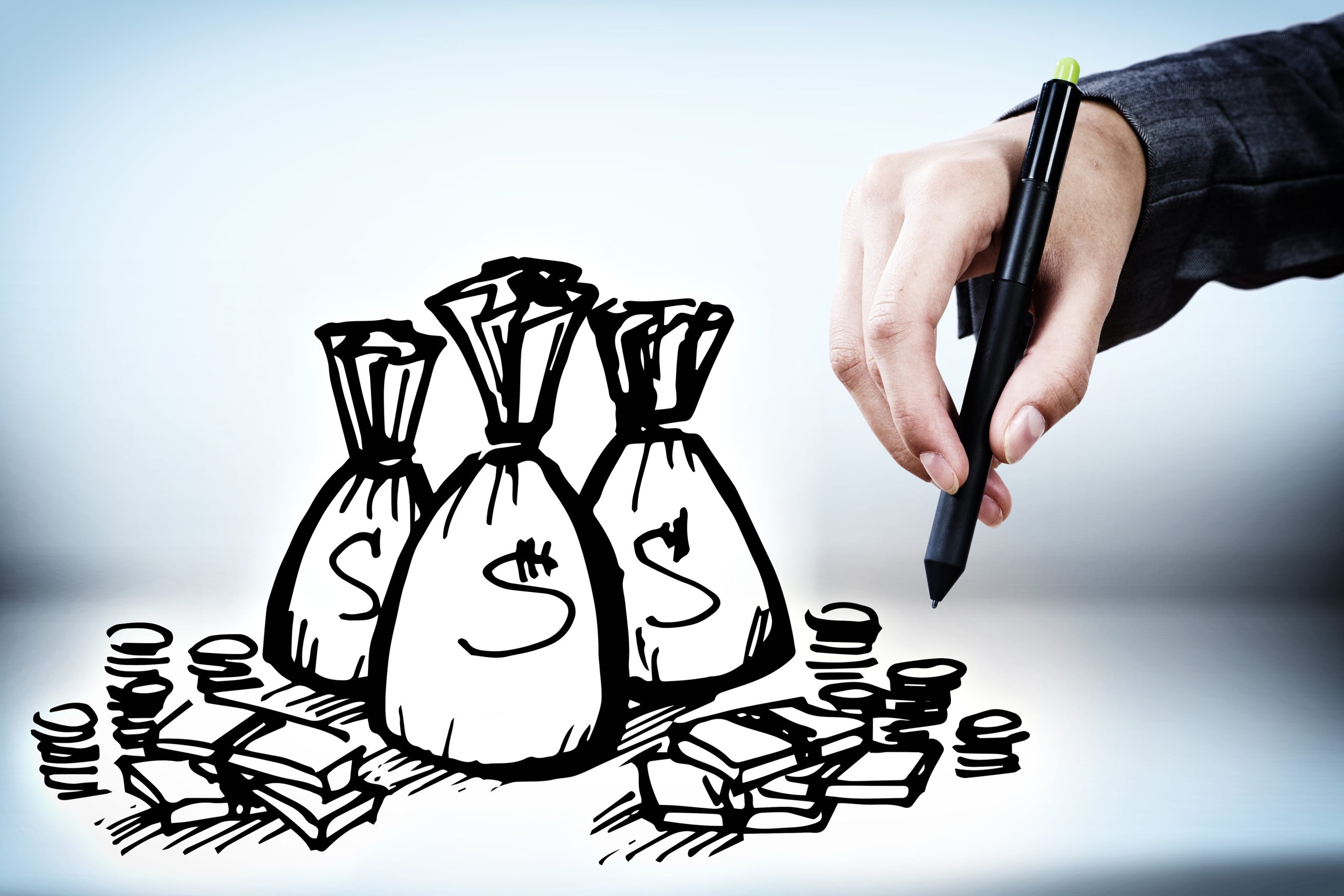Seller’s Discretionary Earnings Definition
Seller’s Discretionary Earnings (SDE) is a cash-flow-based estimate of the total financial benefit a full time owner-operator derives from the business on an annual basis. This measure helps compare the cash flows and values of businesses by “recasting” or “normalizing” their financial statements.
The nature of the SDE allows prospective buyers, lenders, and investors to estimate expected cash flows and more accurately compare your company to others. That means helping a prospective buyer answer the questions, “How much money would I bring home from this business?” as well as, “How does this compare to other businesses of a similar size?”
SDE is variously referred to as Seller’s Discretionary Cash Flow, Adjusted Cash Flow, Owner Benefit, Recast Earnings, or Normalized Earnings, although Seller’s Discretionary Earnings is the official terminology advocated by the International Business Broker’s Association (IBBA).
SDE vs EBITDA
In addition to SDE, another relevant earnings measure is EBITDA. This stands for Earnings Before Interest, Taxes, Depreciation, & Amortization. Both SDE and EBITDA attempt to calculate standardized earnings by excluding certain items that are variable from one business to another (for example, both measures exclude interest expense on debt).
Larger companies primarily use a multiple of EBITDA when valuing the business. But smaller owner-operated companies (typically $5mm or less in revenue) rely more often on a multiple of SDE. Knowing the difference is essential, as is applying the appropriate multiple to its corresponding earnings measure. Mixing up the two can result in dramatically under- or over-valuing a company.
Calculating SDE
SDE is calculated based on information from the business tax returns, profit and loss statements (P&Ls), other financial records, and owner estimates using the following formula:
SDE = Owner Compensation + Adjusted EBITDA
The above formula says quite a bit in just a few words and abbreviations! Here is an expanded version with some helpful clarification:
Seller’s Discretionary Earnings
=
Owner Compensation
[salary, profit sharing, etc. (i.e., cash consideration)
paid to all company owners, less the salary of any
employee(s) needed to replace a 2nd or 3rd (etc.) owner]
+
Employer portion of payroll taxes paid
based on the W2 salary of one owner.
+
Pre-Tax Earnings
+
Interest Expense
(because business debt is a “non operating expense”
and assumed to be paid off)
+
Depreciation & Amortization
(non cash expenses)
+
Seller’s Discretionary Expenses
(“Perks” that are paid by the business but really benefit the owner.
Common examples include owner’s health insurance, personal use
of automobiles, personal travel, personal meals and entertainment, etc.)
*See notes below for more information.
+
Adjustments for Extraordinary, Non Recurring Expenses or Revenue
(e.g., expenses from a rare lawsuit or flood damage would be added back to cash flow;
revenue and expenses from a major discontinued product would be removed from cash flow)
*See notes below for additional information.
Seller’s Discretionary Expenses Explained
Discretionary expenses are defined to be those that the business paid for but are primarily of a personal benefit to the owner(s). Typical expense categories (places to check on your tax returns / P&Ls) are:
- owner medical or life insurance
- travel
- automobiles
- meals and entertainment
- dues and memberships.
To qualify as discretionary, each expense must meet all four of the following criteria:
- benefit the owner(s),
- not benefit the business or the employees,
- paid for by the business and expensed on tax returns and P&Ls,
- documented and verifiable by a prospective buyer as discretionary.
For example, the following expenses would NOT qualify as seller’s discretionary expenses:
- Medical benefits for an employee.
- Counting all meal & entertainment expenses as discretionary even though dining with clients is a critical way of building relationships.
- Counting all travel as discretionary, even though some travel is necessary for business (such as to a trade show).
- Counting all auto expenses as discretionary even though the vehicles are used to deliver products or by employees.
- Any marketing or promotion related expense even if it “didn’t work and it wouldn’t be done again.”
- Expenses for a Rotary or club membership if any clients are gained through such memberships.
- Counting unreported cash sales unless the buyer has a straightforward means to verify such sales.
- Counting dozens of personal purchases on a credit card where the card is also used for business purchases, or where the expenses are buried in a much larger expense category (or several expense categories) and therefore nearly impossible for a buyer to verify.
Pro tip: It is better to be more conservative than aggressive in your discretionary expense estimates!
Extraordinary Expenses Explained
Extraordinary expenses are those that:
- the business paid for
- are truly unusual or exceptional in nature (ie, are very unlikely to reoccur)
- documented and verifiable as extraordinary.
By nature, there are no “typical” extraordinary expenses. Examples might include expenses associated with natural disasters, a move of location, or a lawsuit out of the ordinary course of business.
Examples of expenses that would NOT qualify include a marketing campaign that failed, headhunter fees to replace a manager that quit, etc.
Just like with discretionary expenses, please be conservative here. Note that most businesses list nothing here.
Non-Operating Revenue & Expenses Explained
Non-operating revenue is unrelated to the business operations, such as interest revenue, rent from a property owned through the business or sale of equipment or part of the business.
Non-operating expenses might include those to repair or fix up a building owned by the business.
SDE Calculations for Business Valuations
For the purposes of a business valuation, a company’s overall SDE is generally calculated as the average SDE for the 2-3 most recent years, plus interim. If there is a strong trend in the earnings (up or down), much more weight will likely be placed on the more recent years’ SDE. The company is then valued as a multiple of SDE.
Remember, however, that no business valuation formula is perfect. In order to determine the most accurate price for your business, it is essential to choose a valuation that utilizes more than one method or formula.
Better yet, reach out to us. Request a custom valuation of your business for the most accurate picture of what your business would likely sell for and how long it might take to complete the transaction.

